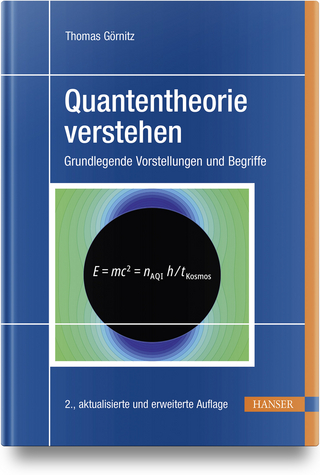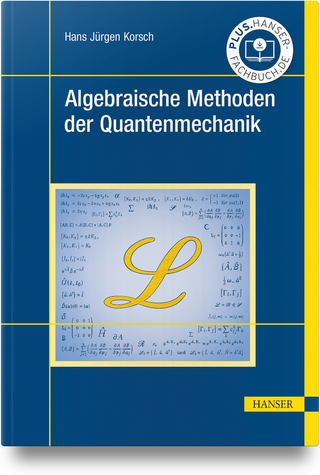
Introduction To Special Relativity And Its Applications, An
Seiten
1996
World Scientific Publishing Co Pte Ltd (Verlag)
978-981-02-2499-8 (ISBN)
World Scientific Publishing Co Pte Ltd (Verlag)
978-981-02-2499-8 (ISBN)
- Titel z.Zt. nicht lieferbar
- Versandkostenfrei innerhalb Deutschlands
- Auch auf Rechnung
- Verfügbarkeit in der Filiale vor Ort prüfen
- Artikel merken
Treating special relativity as a useful branch of physics, the emphasis in this text is on its dynamical consequences, its effect on quantum mechanics, the insights that it provides in electromagnetism and its utility in problems such as calculating radiation from fast-moving charged particles.
It is now nearly a century since special relativity reconciled seventeenth century dynamics and nineteenth century electromagnetism, yet physics students are almost invariably introduced to the subject as “MODERN PHYSICS” — and something of a mystery.This book, instead, treats special relativity as a useful branch of physics rather than as an astounding novelty. The emphasis is on its dynamical consequences, its effect on quantum mechanics (with all that this implies for chemistry and biology), the new insights that it provides in electromagnetism and its utility in problems such as calculating radiation from fast-moving charged particles. To avoid giving the impression that relativity somehow eliminates the distinction between time and space, 4-vector notation is not used until the latter part of the book.Since all the consequences of relativity arise from the Lorentz transformation, more than usual care is taken to show how it arises from simple notions about the uniformity of space and time, and the absence of any universal reference system at absolute rest. Recent studies in dynamics stress the critical difference between linearity and nonlinearity and so there is a proof that the transformation must be linear, something ignored by almost every other book on the subject.
It is now nearly a century since special relativity reconciled seventeenth century dynamics and nineteenth century electromagnetism, yet physics students are almost invariably introduced to the subject as “MODERN PHYSICS” — and something of a mystery.This book, instead, treats special relativity as a useful branch of physics rather than as an astounding novelty. The emphasis is on its dynamical consequences, its effect on quantum mechanics (with all that this implies for chemistry and biology), the new insights that it provides in electromagnetism and its utility in problems such as calculating radiation from fast-moving charged particles. To avoid giving the impression that relativity somehow eliminates the distinction between time and space, 4-vector notation is not used until the latter part of the book.Since all the consequences of relativity arise from the Lorentz transformation, more than usual care is taken to show how it arises from simple notions about the uniformity of space and time, and the absence of any universal reference system at absolute rest. Recent studies in dynamics stress the critical difference between linearity and nonlinearity and so there is a proof that the transformation must be linear, something ignored by almost every other book on the subject.
| Erscheint lt. Verlag | 1.1.1996 |
|---|---|
| Verlagsort | Singapore |
| Sprache | englisch |
| Themenwelt | Naturwissenschaften ► Physik / Astronomie ► Quantenphysik |
| Naturwissenschaften ► Physik / Astronomie ► Relativitätstheorie | |
| ISBN-10 | 981-02-2499-0 / 9810224990 |
| ISBN-13 | 978-981-02-2499-8 / 9789810224998 |
| Zustand | Neuware |
| Haben Sie eine Frage zum Produkt? |
Mehr entdecken
aus dem Bereich
aus dem Bereich
Grundlegende Vorstellungen und Begriffe
Buch | Hardcover (2024)
Carl Hanser (Verlag)
44,99 €


